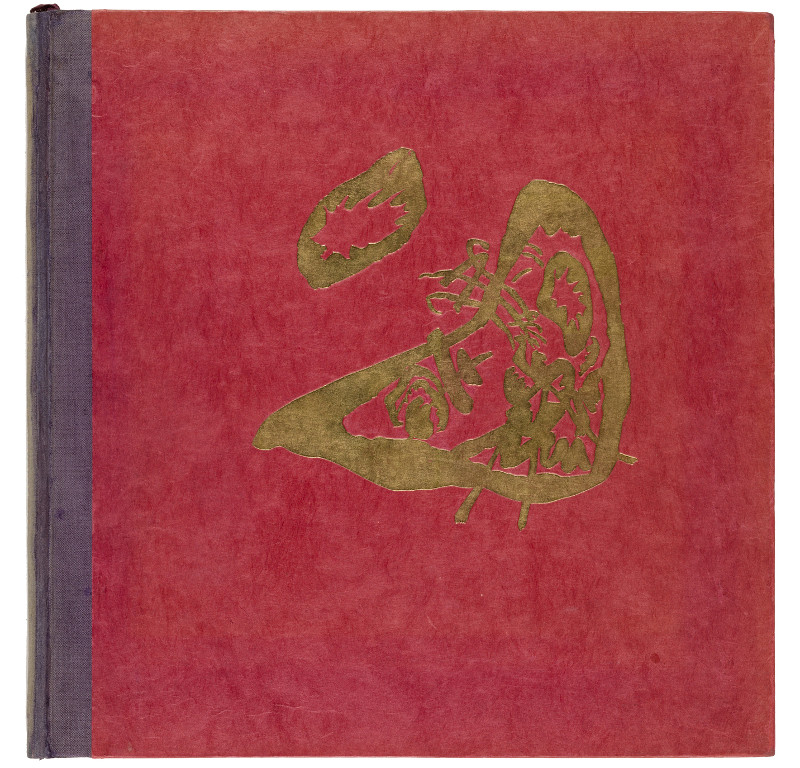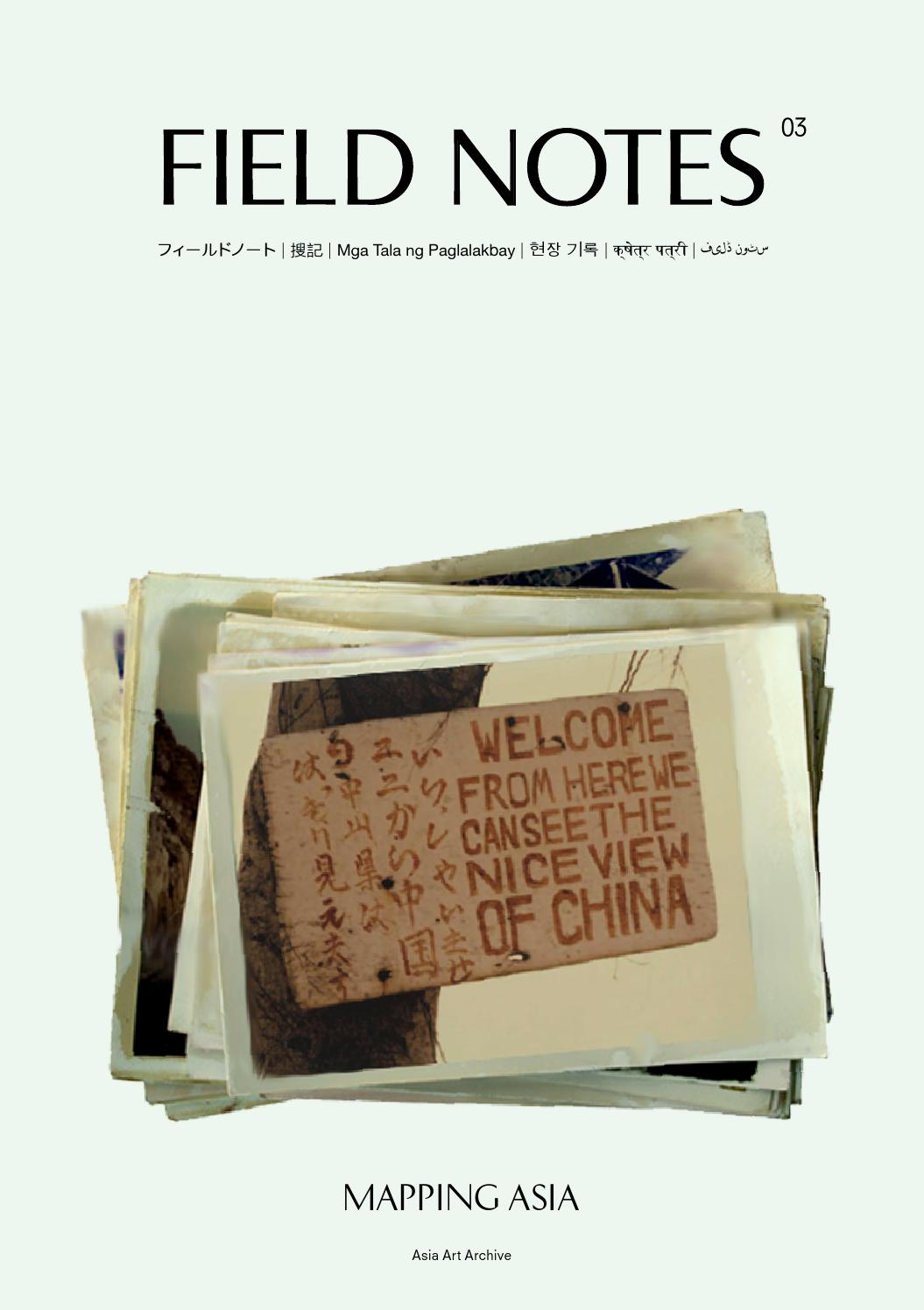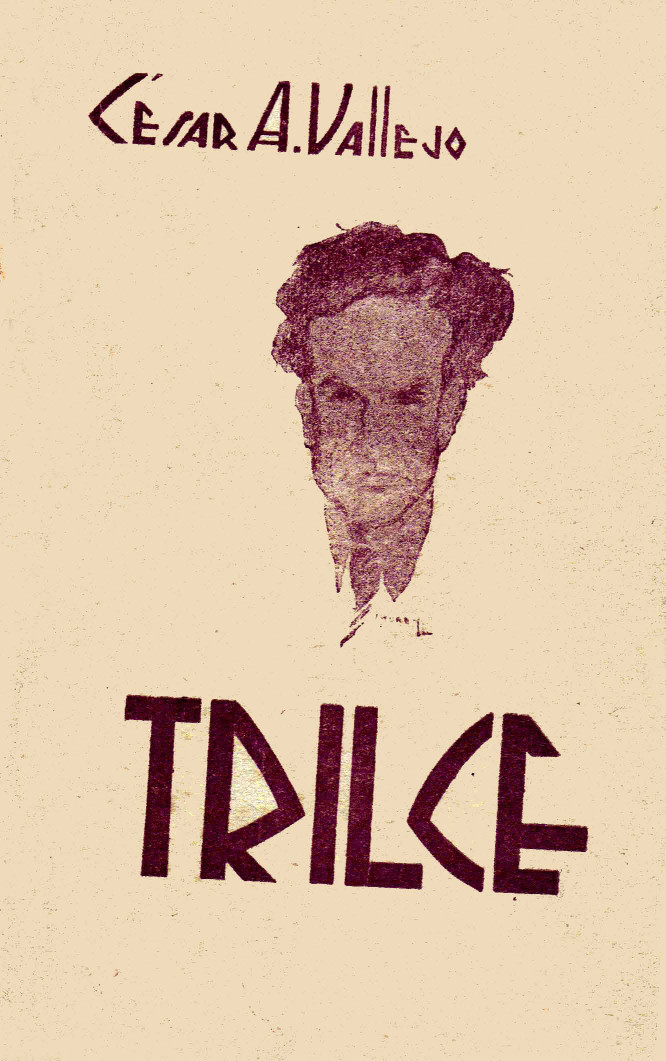Wassily Kandinsky: Klänge / Sounds (1913–) [German, English]
Filed under artist publishing | Tags: · art, avant-garde, poetry, sound

Kandinsky’s self-described “musical album,” Klänge (Sounds), consists of thirty-eight prose-poems he wrote between 1909 and 1911 and fifty-six woodcuts he began in 1907. In it, he emphasizes the physiological impact of the sonic quality of language, often repeating words until focus on meaning subsides and new focus on aural character of words emerges. These poems were instrumental in Kandinsky’s development of abstraction.
“Klänge is one of his three major publications that appeared shortly before World War I, alongside Über die Geistige in der Kunst (Concerning the Spiritual in Art) and the Blaue Reiter almanac, which he edited with one of the group’s cofounders, Franz Marc. Fearing poor sales, Munich-based Reinhard Piper only reluctantly published Klänge, and Kandinsky had to guarantee the production costs. More than two years after its release, Klänge had sold fewer than 120 copies. The planned Russian version never materialized. The publication was nevertheless influential on other avant-garde artists, and Futurists in Russia and Dadaists in Zürich recited and published some of the poems.” (Heather Hess, source)
Publisher R. Piper, Munich, [1913]
Printer of Plates in color: F. Bruckmann A.G., Munich
Printer of Plates in black: Poeschel & Trepte, Leipzig
Printer of Text: Poeschel & Trepte, Leipzig
Book designer: Kandinsky
Typography: Grotesque
Edition of 300; plus 45 hors commerce
59 unnumbered folios, 28.1 x 27.7 cm
via MOMA
English edition
Translated and with an Introduction by Elizabeth R. Napier
Publisher Yale University Press, New Haven and London, 1981
ISBN 0300025106
136 pages
Commentary (Christopher Short, Tate Papers, 2006)
Wikipedia (EN)
Klänge (German, 50 MB), View online (Flash viewer at Moma.org), Different scan from Bibliotheque Kandinsky (25 MB, added on 2016-3-14)
Sounds (English, 14 MB)
Field Notes 3: Mapping Asia (2013) [English, Chinese]
Filed under magazine | Tags: · art, art history, asia, contemporary art, knowledge, language, migration, politics

The latest issue of e-journal Field Notes edited and published by the Hong Kong-based Asia Art Archive “examines multiple vantage points from which to consider Asia, looking beyond inherited boundaries, histories, and political and economic systems.”
“In our most field note-like issue to date, we interweave artist work, an email exchange, literary extracts, a film plot, exhibition reviews, newspaper clippings, comics, and archival photos. If we were to list some of the entry points for the selections they would include (in no particular order) Guangzhou as site, speculative geographies, Hong Kong, seaborne histories, territory and myth, island disputes, language, migration, and sites of knowledge production and distribution.” (from the editorial)
Edited by Claire Hsu and Chantal Wong
Publisher Asia Art Archive, Hong Kong, 2013
138 pages
PDF (38 MB), HTML, Issuu (English, updated on 2017-11-30)
PDF (32 MB), HTML, Issuu (Chinese, updated on 2017-11-30)
See also Mapping Asia, a 190-page book based on this issue, published circa July 2014 (Issuu, in English).
Comment (0)César Vallejo: Trilce (1922–) [Spanish, English]
Filed under poetry | Tags: · avant-garde, language, poetry

Trilce is the second and the most well-known book of poetry by the Peruvian author César Vallejo.
Pared of all ornamental language, Trilce introduces the wrenched syntax that allows Vallejo to get beyond the constraints of received linguistic conventions. Writing in A History of Peruvian Literature, James Higgins catalogues the elements of Vallejo’s diction: “Vallejo confounds the reader’s expectations by his daring exploitation of the line pause, which often leaves articles, conjunctions and even particles of words dangling at the end of a line, by his frequent resort to harsh sounds to break the rhythm, by employing alliterations so awkward as to be tongue-twisters. He distorts syntactic structures, changes the grammatical function of words, plays with spelling. His poetic vocabulary is frequently unfamiliar and ‘unliterary,’ he creates new words of his own, he often conflates two words into one, he tampers with cliches to give them new meaning, he plays on the multiple meaning of words and on the similarity of sound between words. He repeatedly makes use of oxymoron and paradox and, above all, catachresis, defamiliarising objects by attributing to them qualities not normally associated with them.”
D. P. Gallagher suggests in Modern Latin American Literature that Vallejo was “perhaps the first Latin American writer to have realized that it is precisely in the discovery of a language where literature must find itself in a continent where for centuries the written word was notorious more for what it concealed than for what it revealed, where ‘beautiful’ writing, sheer sonorous wordiness was a mere holding operation against the fact that you did not dare really say anything at all.” (from Vallejo’s biography by Poetry Foundation)
With a Foreword by Antenor Orrego
Publisher Talleres tipográficos de la Penitenciaría, Lima, 1922
136 pages
via Biblioteca BBVA
Commentary (Michelle Clayton, Poetry in Pieces: César Vallejo and Lyric Modernity, 2011, 329 pp)
Wikipedia (ES)
Wikipedia (EN)
PDF (Spanish), other editions: 1961, 1982, 1986, 1987
HTML (Spanish/English, trans. Clayton Eshleman, 2007)

